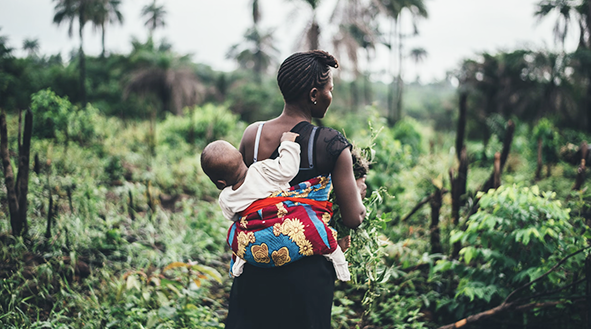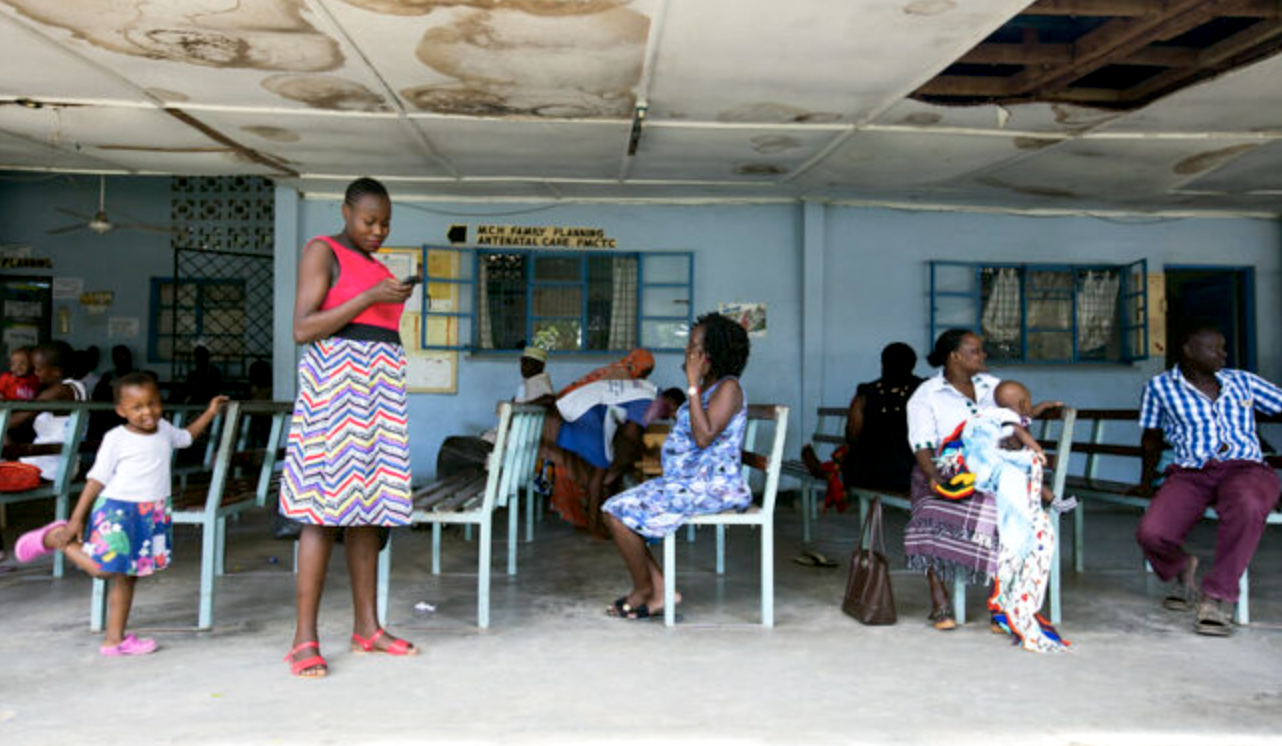In recent years social protection has gained increased recognition as a powerful tool for poverty alleviation and vulnerability reduction. The International Labour Organization acknowledges its significance, and it’s explicitly incorporated into the United Nations Sustainable Development Goal target 1.3-a commitment ratified by most African nations. In the context of health, social protection provides universal access to needed health care that is affordable, available, of adequate quality and is provided with financial protection in times of illness, injury, and maternity[1]. Hence, effective social health protection programmes can contribute to accelerating a country’s progress towards universal health coverage (UHC). The World Health Organization defines UHC as all people everywhere receiving the health services they need, when and where they need them without financial hardship.
Many African countries are adopting government-sponsored health insurance to strengthen social health protection (SHP) and advance UHC[2]. However, a significant portion of the population in many countries, particularly informal workers, remain uncovered because of unaffordable premiums. Only three countries – Algeria, Tunisia and Rwanda – have over 80% of their population covered by their national health insurance (NHI), while in the rest of African countries, the coverage range is 3%-62%.
There are also notable gender disparities in NHI coverage with women more likely to be excluded from NHI schemes in Africa for various reasons including the following three.
- Women are generally poorer than men. In 2022, the UN Women and United Nations Development Programme projected that, compared to men, poverty had deepened for women and girls and that the majority (62.8%) of extremely poor women are in sub-Saharan Africa.
- Time use and labour market participation. Related to the above, in sub-Saharan Africa, women make up more than 74% of the informal sector. When it comes to caregiving, women make up the majority of childcare givers and caregivers during sickness. Many African countries do not have public financing systems for care work (both childcare and long-term care for the elderly). These realities limit a woman’s participation in the formal labour force and their ability to contribute towards health insurance premiums or other costs such as copayments and travel expenses.
- Disease burden. Compared to men, women carry a heavier disease burden such as maternal-mortality and morbidity. The findings from another study suggest that overall prevalence of reporting of at least one noncommunicable disease was found to be higher in women as compared to men.
Coverage is not enough; it matters what is covered
Even in countries where NHI coverage is high, effective coverage is quite low. Preventive health care services whose beneficiaries are mostly women and children are often excluded from health insurance benefit packages as discussed in a report by Abt Associates[3]. These services include family planning services and child immunizations.
Recognizing the different needs that women and children have, some countries, including Uganda, Sierra Leone and Malawi, removed user fees for selected maternal and child-related services, including family planning services.
Removing user fees is not enough.
Systemic challenges in user fee reforms undermine financial protection for women
Evidence in Sierra Leone and Malawi shows that systemic challenges such as persistent drug stockouts and human resources shortages undermine user fee reforms. This is because women are prescribed medication they must buy from a pharmacy or private provider. If they lack the financial means to do so, they risk incurring catastrophic health expenditures for their households.
Potential strategies for promoting equity and access in SHP
To promote greater equity and access to health care, several potential strategies could be pursued.
- Develop and implement a framework to mainstream equity, gender and intersectionality in all health policies and programmes.
- Enrol households in health insurance schemes as a unit and not individuals, which ensures that all household members are covered, including those with little decision-making power and few financial resources, such as women and children. For example, Kenya recently suggested a shift to a household-based model to alleviate the financial strain of health care costs. This was prompted by the failure of more than eight million individuals to make monthly contributions in the previous individual-based model.
- The design of social protection programmes should take into consideration the needs of different categories of people, informal workers, women, aged and children. Moreover, individual contributions for social insurance coverage should be progressive and based on ability to pay. Where necessary, government should make provision to subsidize the vulnerable and those who cannot afford premiums. An example is Rwandan’s national health insurance scheme[4].
- As proposed by Rodin, SHP programmes should furthermore be implemented to cover both preventive and curative services to minimize or eliminate out-of-pocket spending on health. This approach would help remove significant financial barriers that limit access to necessary health services by women more so than by men.
Ultimately, we cannot consider UHC and leaving no one behind if women and other vulnerable populations are excluded from programmes that are supposed to improve access and financial risk protection. Gender mainstreaming in the design and implementation of social health protection programmes is important for UHC.
References
[1] Gender Disparities in NHIF Access and Use: A Barrier to Achieving UHC in Kenya. African Health Markets for Equity, University of California at San Francisco, https://globalhealthsciences.ucsf.edu/sites/globalhealthsciences.ucsf.edu/files/pub/policy-brief-nhif-gender-equity-june-2019.pdf.
[2] Manthalu, Gerald, et al. “The Effect of User Fee Exemption on the Utilization of Maternal Health Care at Mission Health Facilities in Malawi.” Health Policy and Planning, vol. 31, no. 9, Nov. 2016, pp. 1184–92. Silverchair, https://doi.org/10.1093/heapol/czw050.
[3] Social Health Protection (SOCPRO). https://www.ilo.org/secsoc/areas-of-work/policy-development-and-applied-research/social-health-protection/lang–en/index.htm. Accessed 20 Nov. 2023.
[4] “Poverty Deepens for Women and Girls, According to Latest Projections.” UN Women Data Hub, 1 Feb. 2022, https://data.unwomen.org/features/poverty-deepens-women-and-girls-according-latest-projections.



